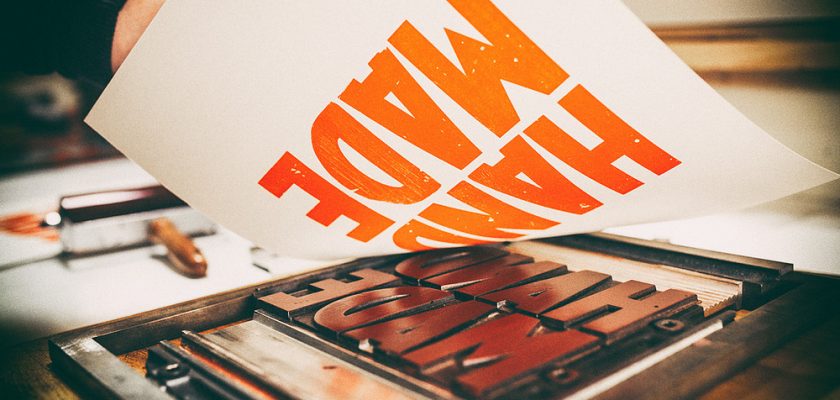With the advancement of digital technology and more use of social media, few people get their photographs in print. However, printing images brings surprisingly remarkable and lavish quality to the pictures.
Looking at polished images uploaded online gives a pleasant feeling, but holding a print provides complete satisfaction. However, hanging printed photographs gives you extreme pride. But making a good quality print is not an easy process.
Sometimes, you find the printed image does not look as good as it appears online. However, you get good results when you do a bit more beforehand and select a good print service. Following are some tips to choose print service:
Prep for Print!
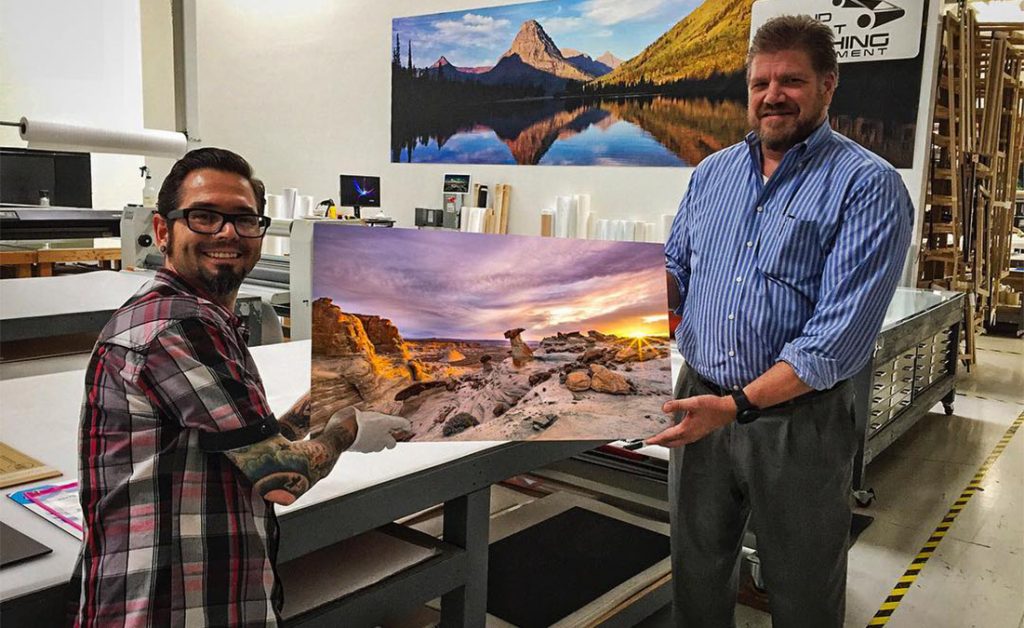
Source:artisanhd.com
One thing you must do at home is to prepare your photo prints like this for quality printing. The preparation stage is different from the editing and retouching stage. In this stage, you purely optimize the print quality of photos.
You should edit the photos non-destructively before moving to the print preparation stage. Print preparation involves assessing four technical elements of the image:
- Color: Identify colors that saturate highly, like red tones cause problems at the printing. Also, colors that lack saturation appear dull in prints. Calibrate your monitor to make a difference in assessing the color balance in the photos.
- Contrast: Take time to reassess the contrast levels keeping the result in mind. Due to light omissions by screen, contrast often appears firmer when you view pictures on a computer.
On the other hand, it seems less stark in print format, so it is good to increase the contrast levels.
- Sharpness: Image sharpness differs depending on the photo, whether you view it on screen or in print. If you increase the sharpness of the image, it brings out the clarity of picture details.
- Size and Resolution: There are limitations in printing depending on the resolution of the picture. If you desire to print a large image in high quality, make sure that the image is of high resolution.
Get to Know Your Printing Options

Source:photobookworldwide.com
With the rise in technology, the number of methods for photo prints increases. Try to know a little about different printing methods. It will help you choose a suitable way and narrow down who to approach for printing.
Nowadays, you can find a wide range of printers in the market, some of them will perform better than others. The two printers, which the professional digital printing industry uses are inkjet and laser.
- Inkjet Printer: Inkjet printers are cost-effective printers that professional photographers choose to produce high-quality art prints. Inkjet printers have a fine-art result applied to a range of print media, like paper, plastic, canvas, fabric, and metal.
Inkjet printers use the colors Cyan, Magenta, Yellow, and Black. You can store them in separate reservoirs in the printer to produce a full spectrum of colors.
- Laser Printer: Professionals use laser printers to produce photographic prints. You expose the digital versions of the pictures onto light-sensitive photographic paper with lasers and process them using fixers.
Compared to inkjet prints, laser printers produce genuine photographs, with visibly continuous tone in the detailed image. As a result, laser prints are of high quality.
Understand Ink
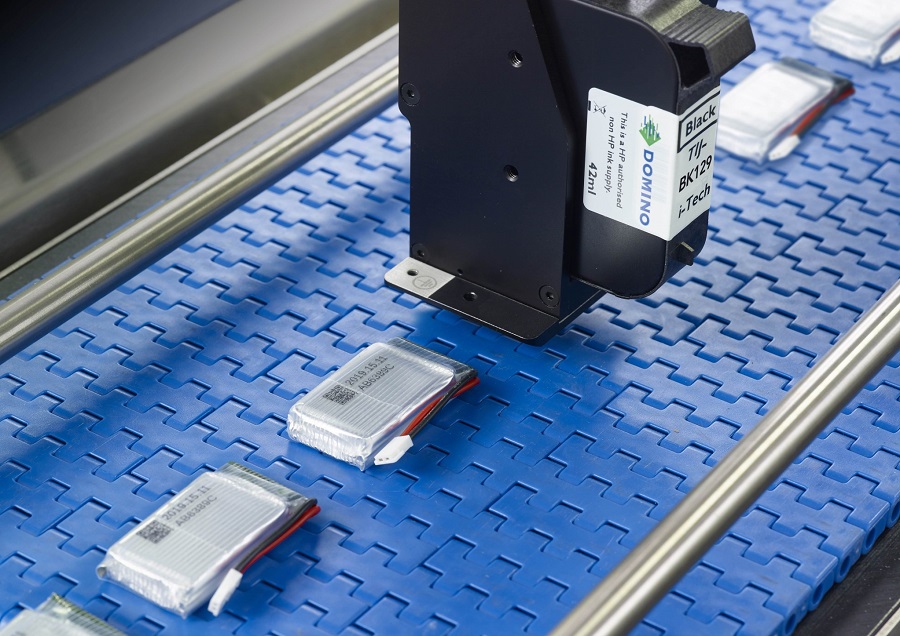
Source:itsupplychain.com
All inkjet printers use two different types of ink: dye and pigment. Each has its advantages and disadvantages and can generate different results.
- Dyes: Dyes are either in liquid form or soluble in water. The main advantage of dye ink is that it is inexpensive and has vibrant colors. It produces cost-effective and highly saturated prints.
However, dyes tend to fade over time if pictures get enough sunlight exposure. But it is an excellent choice for short-term projects.
- Pigments: Pigments are not soluble in water but are held in suspension by the liquid. They keep their color intact for several hundred years. Therefore they are suitable for archival prints. But, they are expensive and lack vibrant colors.
Choose the Right Paper
Nowadays, you can print onto any material you want, such as canvas, metal, fabric, etc. However, most photographers still prefer to print onto paper. This is because it produces an easy-to-display format that can be easily trimmed, framed, and mounted.
To select the correct print service, you must know a little about the different paper finishes available.
Where to Print?
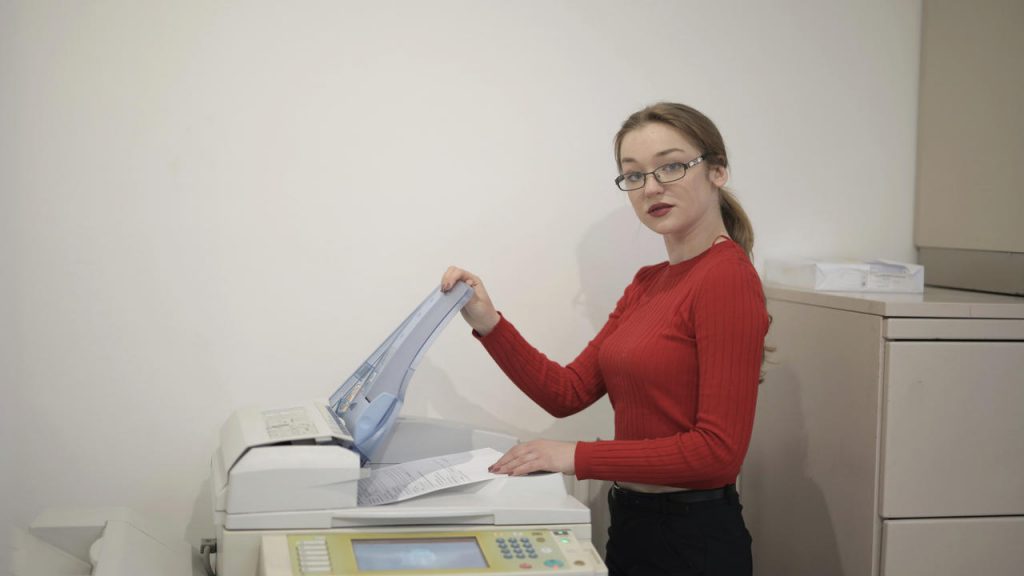
Source:morsagmon.com
Once photos are ready for printing, find a printer to print the images. The following are the ways of printing photos:
- Local Print Shop: Most cities have print shops helping their local neighborhood with basic print jobs, like printing reports, flyers, or newsletters. For printing your photos, you must look for printers who can generate art prints.
- Online Print-On-Demand Services: Online digital printing services are widely in use nowadays. Upload high-resolution images to the website, choose print finishes and paper. You will receive the finished prints by post in few days.
- Artists Centres: Many cities have artist-run media centers or photographers clubs, including printing services. They cater the advanced amateurs and artists, and they give terrific results.
Stick to Your Budget
While selecting printing services for printing images, you must keep in mind to ensure that you stick to a realistic budget. The number of factors that set the printer’s quote includes the cost of materials, extra services like trimming, and the size of the image.
You might be getting photo prints for selling purposes. In that case, you can spend a little more money to make sure that the results are of high quality for sale.
If you are getting image prints for an exhibition purpose or displaying them at home, you can look for less expensive printers. You can pick cheap papers and printers to make your print of the best value it can be.
Final Words
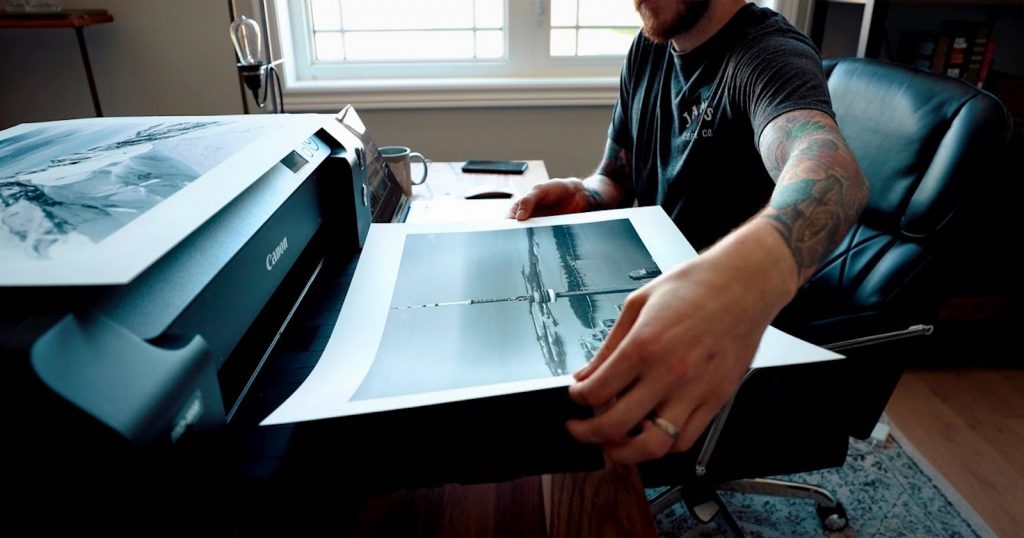
Source:petapixel.com
Printing photographs is a challenge. You will be translating a photograph into a different form. Whether you print photos yourself or get them done professionally, you will look at them with entirely different eyes.
If you opt to outsource your printing, remember that every lab operates differently. A lab might take a few attempts to satisfy your needs.

